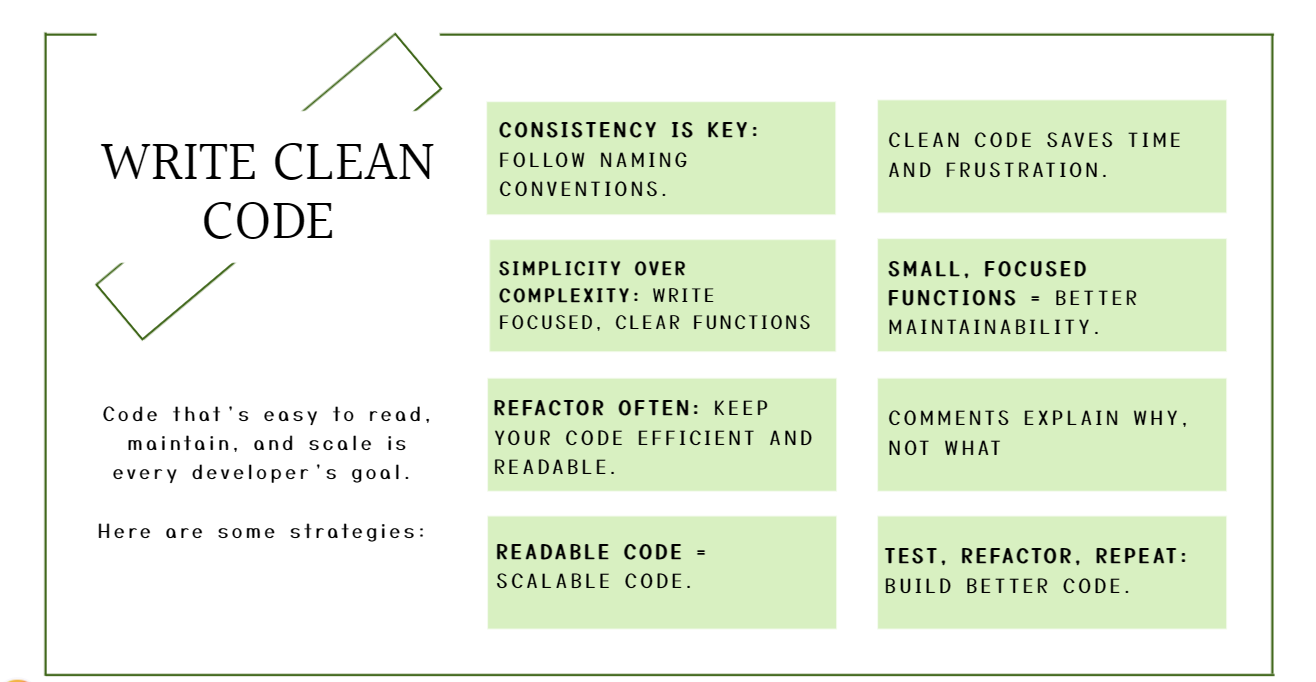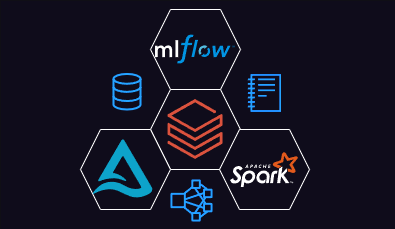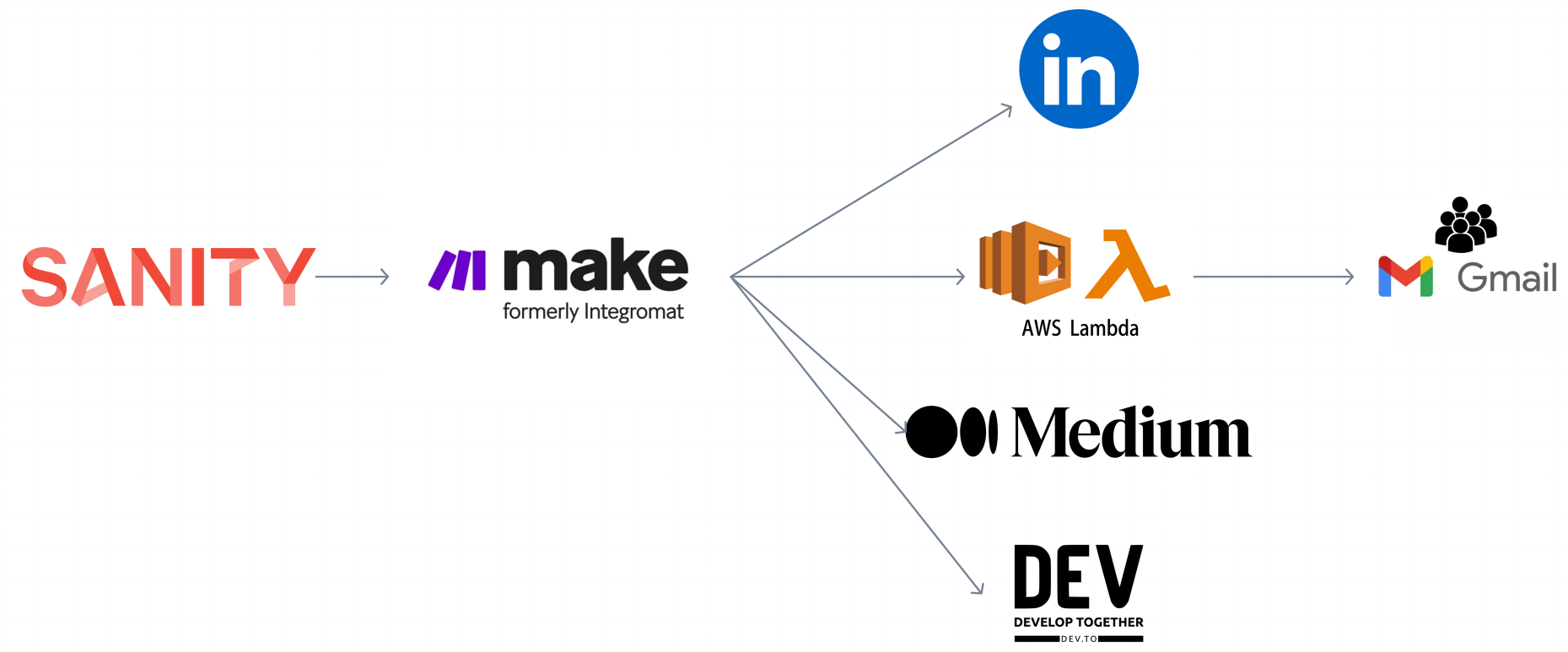In today's rapidly evolving tech landscape, staying updated with the latest programming languages and web development technologies is crucial for any developer or business looking to maintain a competitive edge. The choices you make in programming languages and web development frameworks can directly impact your efficiency, scalability, and long-term success. But with so many options available, which technologies are currently booming? Here's a breakdown of the top programming languages and web development trends shaping the future.
1. JavaScript and Its Ecosystem: Leading the Charge
JavaScript continues to dominate as the most popular language for web development, and for good reason. As the backbone of interactive web applications, JavaScript’s ecosystem has exploded, with frameworks and libraries like React.js, Angular, and Vue.js leading the charge in front-end development.
- React.js: Favored for its flexibility and ease of use, React.js allows developers to build user interfaces efficiently with reusable components.
- Angular: Backed by Google, Angular excels in building robust, enterprise-grade applications with a focus on maintainability.
- Vue.js: Loved by developers for its simplicity and ease of integration, Vue.js is gaining traction among small to medium-sized businesses.
2. Python: The Powerhouse of Simplicity and AI
Python has surged in popularity, thanks to its ease of use, readability, and versatility. While it’s a general-purpose language, Python has found its stronghold in data science, machine learning, and backend development. Its libraries like TensorFlow and PyTorch make it a go-to for AI and deep learning projects.
- Web Frameworks: Python’s frameworks, such as Django and Flask, are frequently used in web development, helping developers build secure and scalable web applications.
3. TypeScript: JavaScript with Added Benefits
As a superset of JavaScript, TypeScript has been gaining momentum among developers who seek type safety and better tooling support. TypeScript’s ability to catch errors early in development and improve code maintainability has made it a preferred choice for large-scale applications.
- Adoption by Major Frameworks: Both React and Angular have embraced TypeScript, making it an integral part of modern web development for its compatibility and enhanced productivity.
4. Go (Golang): Performance and Simplicity
Created by Google, Go is designed to be simple, reliable, and efficient. Its speed and ease of concurrency make it an excellent choice for cloud-native applications, microservices, and performance-critical applications. Go is particularly favored by startups and tech giants looking to maximize scalability and minimize complexity.
5. PHP: Still Strong in Web Development
Despite being an older language, PHP remains a powerful tool for web development, powering about 77% of websites worldwide, including WordPress. Recent updates to PHP have improved its performance, and frameworks like Laravel continue to offer developers a robust and elegant toolkit for building web applications.
6. Rust: Memory Safety Meets Performance
Rust is gaining popularity for its focus on performance and memory safety, without sacrificing speed. It’s particularly useful in systems programming and web assembly, making it a top choice for developers working on performance-sensitive applications, such as game development or IoT devices.
7. Kotlin: Rising in the Mobile Development Arena
Kotlin has established itself as a favorite for Android app development, quickly overtaking Java as the go-to language. Its interoperability with Java and cleaner syntax has made it the preferred choice for building modern mobile applications.
Conclusion:
In today’s web development world, choosing the right language or framework can determine how agile, scalable, and innovative your business or project becomes. JavaScript and its ecosystem dominate the front-end, while Python, TypeScript, and Go are gaining traction for their versatility and performance. Whether you're building complex web applications, AI-driven platforms, or cloud-native services, there is no one-size-fits-all solution—your choice of technology should align with your project’s specific needs and long-term goals.




